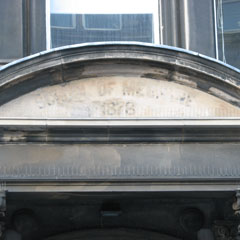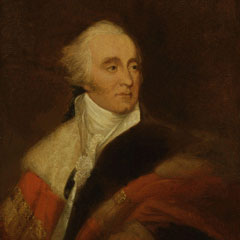Waterfront Avenue, Edinburgh EH5 1RS

We have now returned to Madelvic, the legacy of Sir William Peck (1862 – 1925) who was a Scottish astronomer, scientific instrument maker, and a prolific inventor. He was the director of the Edinburgh City Observatory from 1889 until his death in 1925. Peck was elected a Fellow of the Royal Society of Edinburgh and a man with vision: not only did he invent telescopes (one can still be seen in the Stirling Highland Hotel) but he also came up with the idea of an electric car, a most astonishing concept in 1899. This electric car, which he named ‘The Brougham’, was produced in this factory building. It was driven by a three-wheeled tractor-style front axle unit, comprising a motor, batteries and a small central wheel, set behind the axle, which propelled the vehicle. This unit was mounted to the front of a chassis, creating a five-wheeled automobile and could be attached to any horse-drawn carriage. To gain publicity Peck used it to provide public transport between Granton and Leith. For a brief period, the Postmaster General of Edinburgh employed Madelvic to carry the mail between the General Post Office and Leith. The fifth wheel is such an iconic design, Peck had it incorporated into the façade of the office building, Madelvic House, which is now the base of granton:hub.
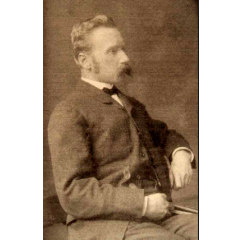


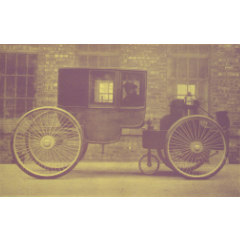
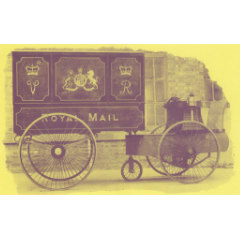
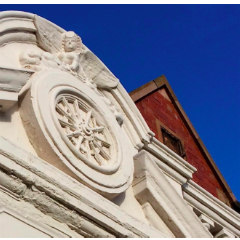


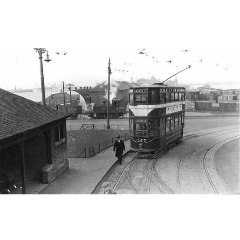
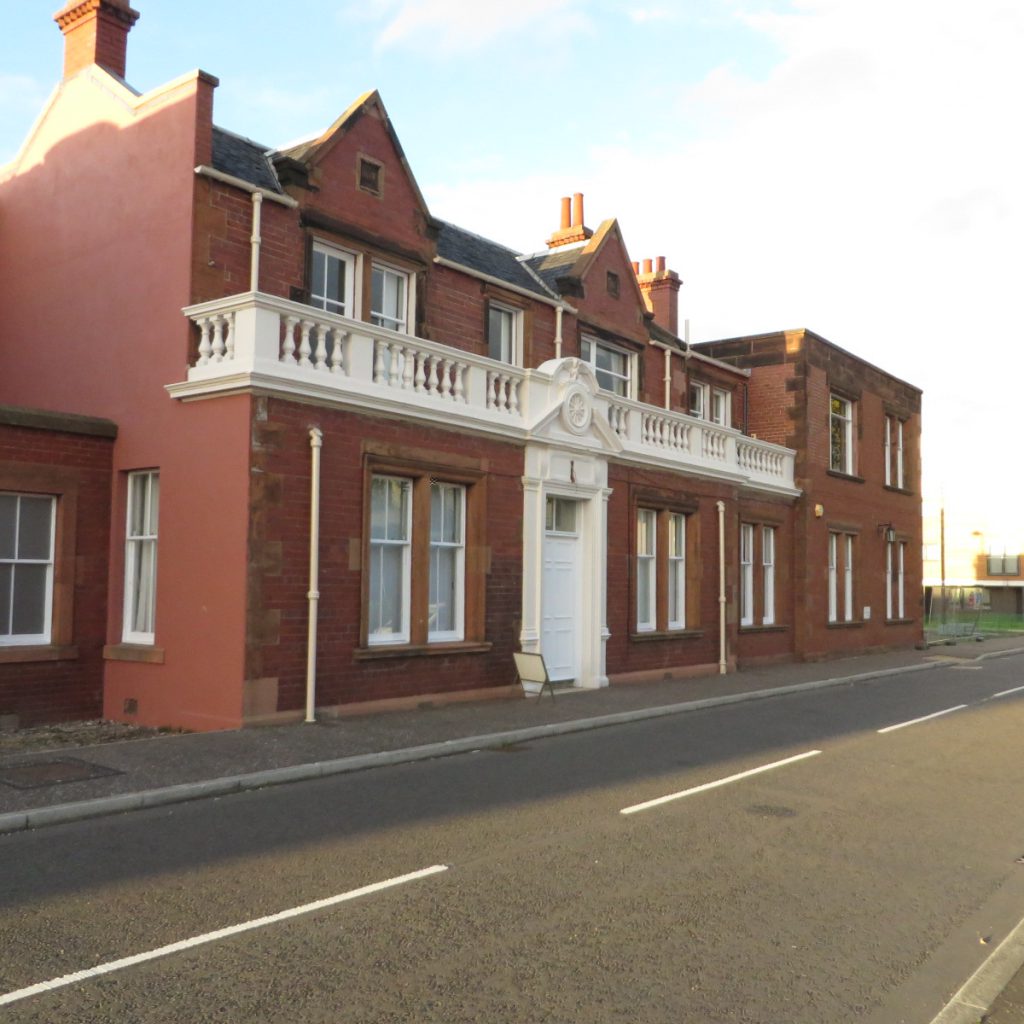

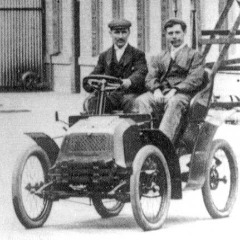

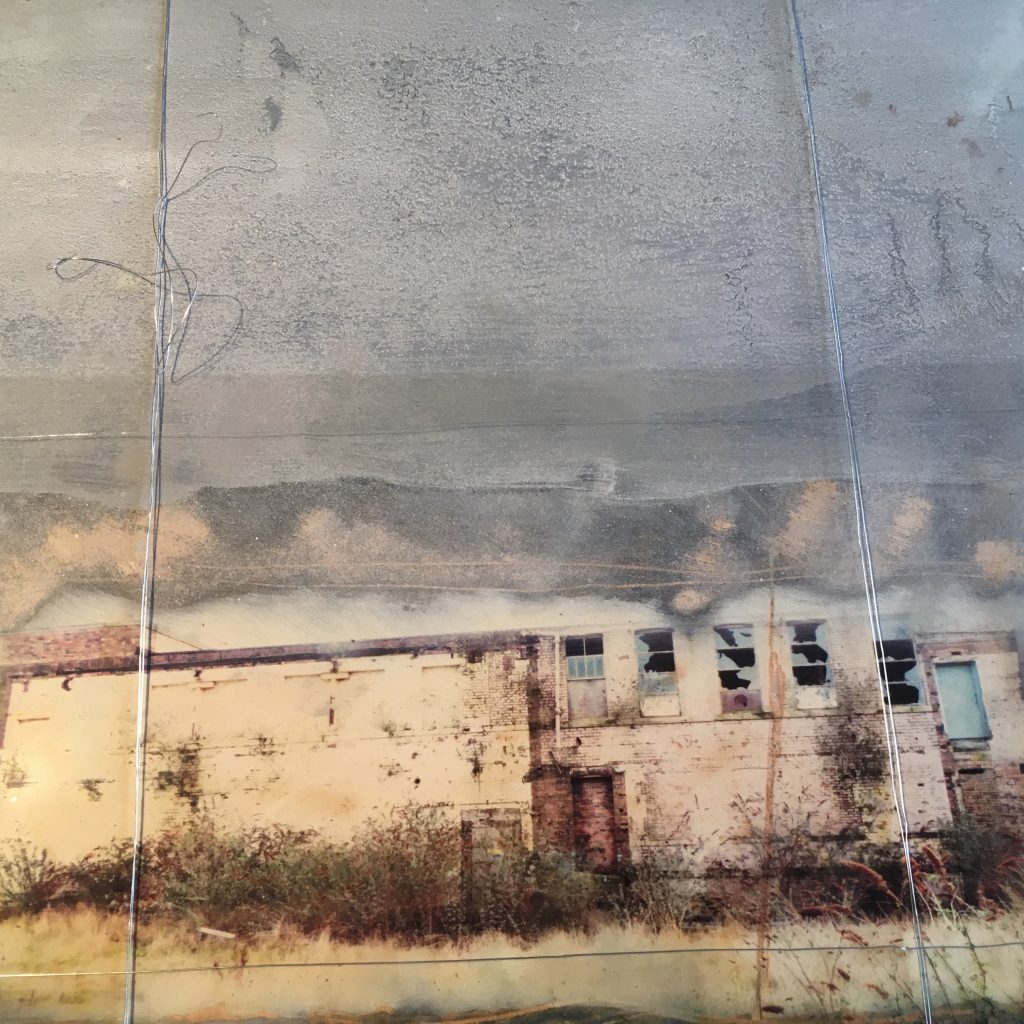
 Riddle’s Court, 322/8 Lawnmarket, Edinburgh EH1 2PQ
Riddle’s Court, 322/8 Lawnmarket, Edinburgh EH1 2PQ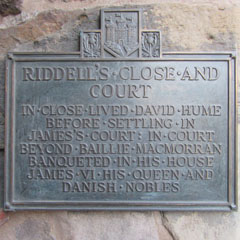
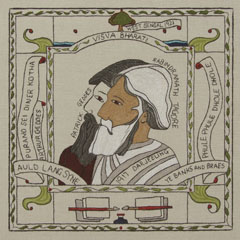
 Milne’s Ct, Edinburgh EH1 2NE
Milne’s Ct, Edinburgh EH1 2NE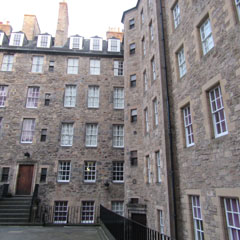

 Heart of Midlothian Mosaic, 197 High St, Edinburgh EH1 1PE
Heart of Midlothian Mosaic, 197 High St, Edinburgh EH1 1PE
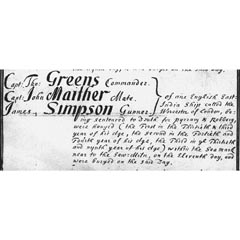
 St Giles’ High Kirk of Edinburgh, High St, Edinburgh EH1 1RE
St Giles’ High Kirk of Edinburgh, High St, Edinburgh EH1 1RE
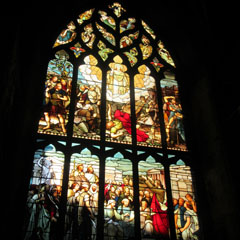
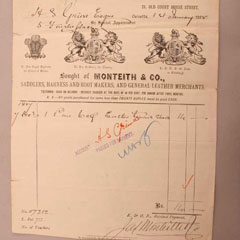
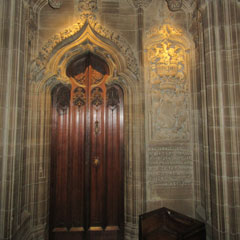 The Thistle Chapel, St Giles’ High Kirk of Edinburgh, High St, Edinburgh EH1 1RE
The Thistle Chapel, St Giles’ High Kirk of Edinburgh, High St, Edinburgh EH1 1RE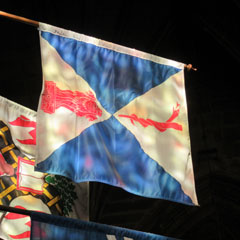


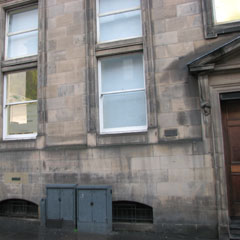 Craig’s Close (now 249 High Street), Edinburgh EH1 1DF
Craig’s Close (now 249 High Street), Edinburgh EH1 1DF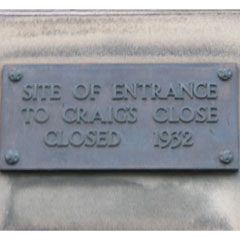
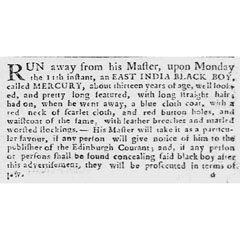
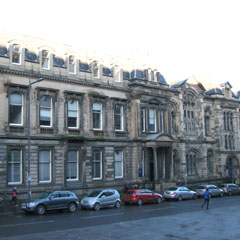 Minto House, The University of Edinburgh, 20-22 Chambers St, Edinburgh EH1 1JZ
Minto House, The University of Edinburgh, 20-22 Chambers St, Edinburgh EH1 1JZ